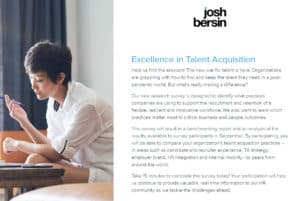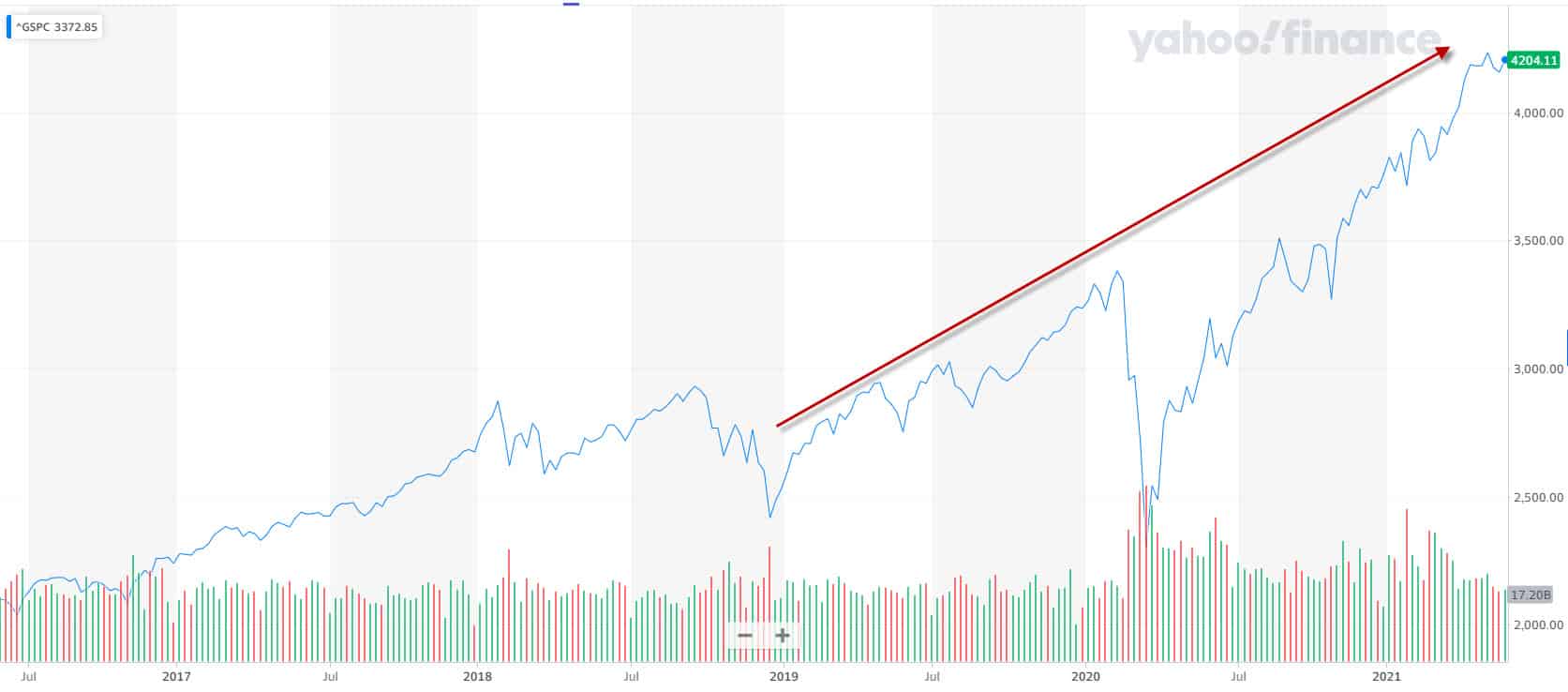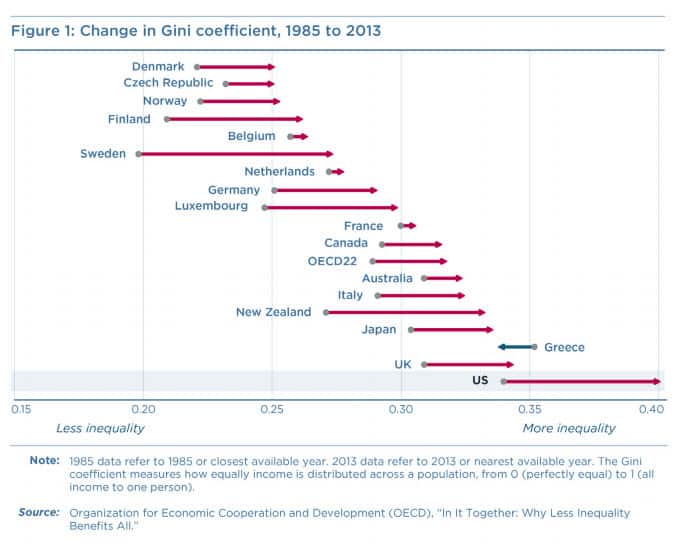The Calm Before The Storm: How The Pandemic Recovery Will Change Business
It’s almost summer and the Pandemic is starting to ebb, so everyone’s talking about Hybrid Work. But as I think about the Fall and year ahead, I think there’s a bigger storm coming – a storm caused by the recovery. It’s not a bad storm, but it’s a storm – and the rate of change is going to be violent. In this podcast, I discuss these changes and let me also discuss them below.
The Economy.
There’s no question that the economy is exploding with growth and we are all going to experience the stress. Yes we’ll see lots of demand for our products and services, but it’s going to get very hard to hire and the pace of activity will be intense. As I discuss in the podcast, high growth periods are also very difficult. You’re going to find supply chain issues with everything – and the supply chain of people will be the toughest.
 Right now, for example, there are almost 14 million jobs open in the US (35% YTY growth) and every state shows an increase in employment. It’s time to rethink recruitment in a big way, and get ready for one of the most difficult hiring markets we’ve seen in decades.
Right now, for example, there are almost 14 million jobs open in the US (35% YTY growth) and every state shows an increase in employment. It’s time to rethink recruitment in a big way, and get ready for one of the most difficult hiring markets we’ve seen in decades.
Please join our new research on Excellence in Talent Acquisition and we’ll share the secrets with you.
The Markets.
The stock market has been on a tear, and so have crypto-currencies, EFTs, houses, and almost every other asset. This is what happens near the peak of an economic cycle, and as I describe in the podcast, it’s partly caused by a long period of low-interest rates but also a lot of “gamification” of the markets. We will see much more disruption ahead, so those of you working in financial services or other asset-based companies are going to be involved. The shift from “fiat currencies” to crypto and other assets is real, and the impact of this change has yet to be understood.
Here is the S&P 500 since the 2018 crash.
 |
Here is Bitcoin since the 2018 crash.
 |
The Government.
There’s no question that the US Government is going to pour trillions of dollars into the economy, and this will help with infrastructure, jobs, education, and other benefits. It also means we’re going to see much higher taxes, more focus on unions and labor market equity, and focus on wage growth and income inequality.
Just so you know the numbers, the proposed budget of $6 Trillion is the highest level of spending since World War 2. This is $18,000 for every Citizen in the United States, a massive number. The impact on infrastructure, hiring, education, and job growth will be massive.
Since the 1980s, various government policies (taxes, infrastructure, incentives) have pushed the United States into becoming the “fastest-growing” unequal economy in the world. The Gini Index, which measures income inequality in a society, has steadily been rising.
 |
Across Europe, income growth for the bottom 50% of the economy has risen by 35% during this period. In the US it has risen 3%.
The impact of this is political unrest. We in the US now have the most divided politics I’ve seen in decades, crime is rising, and issues like BlackLivesMatter, police reform, health care costs, and general urban decay are now on the minds of most citizens. This, by the way, is why ESG and Chief Sustainability Officers and Chief Diversity Officers are such a big trend in business. We are being asked to help.
The only solution to this problem is to change the way the US economy operates, and this is what the Biden Administration is trying to do. Without taking sides, all I will say is that this trend is coming and an increase in taxes and government investment will impact us heavily.
Inflation and interest rates will also likely go up, and that impacts business investment, resource allocation, and wages – which directly impacts HR.
Wages and Inflation.
We are already seeing a lot of wage inflation. This means job seekers are going to demand higher salaries, and you will find that your employment brand (how you treat people, your employee experience) is going to become the most valuable asset you have. I’ve lived through these cycles before, and job seekers are likely to become demanding and empowered by their opportunities.
Paychex shows that the average wage in their sample is now $29 per hour and grew at 3.9% on an annual basis. ADP believes wages grew by 4.4% in Q4 of 2020. I would expect this to accelerate.
 |
What I talk about in the Podcast is how this must impact your employment brand. Most manufacturers, distribution and retail companies are raising wages (Amazon is giving $3000 bonuses to attract workers for the holidays). And this means white-collar wages are rising too.
For you as an HR leader this means you have to adjust, but even more importantly you should focus on your employment brand. Your Employment Value Proposition (often called the “Deal” you offer employees) is going to become massively important in the next few years. People will change jobs more frequently and this means your overall EVP is what will make sure they stay.
I talked with the CHRO of Pilot Flying J last week (large gas station, retail, and distribution company) and she told me many of their job candidates just “don’t show up” for work the first day. When they talk with them candidates often say “I found a job for 50 cents more per hour so I’m not coming.” This kind of behavior is going to become common, so you have to sell your employee experience to candidates. Pilot Flying J and other retailers and manufacturers are now investing in career programs, tuition reimbursement benefits (we call them Career Pathways), and many other programs to make their organizations great places to work.
The Flattening Of Organizations.
Companies are becoming flatter, more networked, and less hierarchical at speed. When I wrote the Deloitte Human Capital Trends 2016 (Deloitte took my name off the report, but I did write it), I spent a year talking with companies about the “network model” and how agile organizations outperform hierarchies in almost every business area. This is now happening at scale. A great example of this is the team that built the Ford F100 Lightning – it was a network of experts who came together to help Ford build its EV program and expertise.
We have been studying this for years and our new research on Organization Design is coming out this summer. What we’ve discovered, working with companies like Telstra, Nestle, Google, Prudential, Uber, and others, is that “business-driven” org design is now replacing “spans and layers” in almost every company. The Spotify Model of guilds, chapters, and tribes has now been proven, and most software companies now use it.
While most companies are still new to this, the Pandemic pushed a button with CEOs around the world. They realized that cross-functional teams really work, so HR departments are now being asked to help with organization design, goal management, and the implementation of AI-driven skills and talent marketplace models to facilitate and accelerate this change.
Listen to my conversation with Alex Badenoch, the CHRO and Chief Transformation Officer at Telstra, for more details.
SkillsTech and AI Mainstream.
These technologies, which we only started talking about a few years ago, are now mainstream. As I discuss in the Podcast, this tech changes everything we do as leaders and HR professionals – and it is now working well. I’ll be writing much more about this in the coming months, but there are a lot of AI and SkillsTech announcements coming – you have to understand how disruptive this will be. The role of managers and HR partners will change more than you think. (Read more about SkillsTech here.)
Just last week I talked with Jean Pelletier from Schneider Electric and she told me that their Open Talent Marketplace, which is fueled by AI, is now so widely used that managers and HR business partners no longer have to advise people about their careers. New systems from Oracle, Workday, Cornerstone (coming), and SAP (coming) are going to make this an integrated part of your company.
By the way, you have to pay attention to Google’s announcement of Lamda. This conversational technology, which is still the “biggest bet” Google has placed, is a big step forward in natural language processing. And that core branch of AI impacts almost everything that happens at work. You can now access this type of tech through Google Cloud (Amazon and Microsoft have similar services), so we’re going to see smarter applications coming from all the tech vendors.
Marketplace Models for Internal Talent.
The “talent marketplace” is here, but it’s much more than a new piece of software. The Pandemic opened up pandora’s box in this area, and nearly every company is focusing on internal mobility, project and gig work, and a more dynamic model for careers. This will become a survival tactic in the economy going forward, and being a “marketplace” further diminishes the role of managers as decision-makers about every people practice.
 |
Imagine the impact this will have. Rather than ask managers to sit through mind-numbing meetings to set and calibrate performance ratings, the “marketplace” will tell you who is in most demand. You can see who is rated the highest, who completed the best projects, and who has the biggest following and strongest reputation in the company.
This is much more profound than you may think. For a decade or more we’ve been trying to reinvent performance management and succession: companies like Schneider, Unilever, IBM, and many others are now realizing that the “marketplace model” for talent is really where HR and management is going.
WorkTech Now Revolutionary.
The new tools for collaboration, learning, teamwork, design and workflow experience are amazing. Microsoft Viva, for example, is forcing nearly every company to rethink their digital employee experience. I expect you’ll see Google Workspace, Facebook, Webex (Cisco), and maybe even Salesforce (Slack) get into this market.
New announcements from ServiceNow are focused on the “citizen developer,” enabling HR and IT teams to build custom workflows with no programming at all. We, for example, now run our company on Microsoft Teams, Monday, Hubspot, Microsoft Streams, and Loom. Our productivity is higher than I have ever seen, and these are tools anyone can buy with ease.
The entire market for HR tools, from Workday to CultureAmp to EdCast and many others, are pivoting toward “WorkTech” solutions – forcing HR and IT organizations to take an employee-first view of technology and stitch together a complete employee experience for everyone. Infor, for example, which focuses on manufacturing and healthcare companies, has revolutionized the employee experience for “deskless” workers (which make up 75% of the workforce). WorkTech is the big theme for the year ahead, and we can thank the Pandemic for turning up the heat.
Read the HR Technology 2021: A Definitive Guide for all the details.
HR Is In The Hot Seat.
At the end of it all, we in HR are going to have to adapt. HR professionals have to be designers, consultants, and product managers. We have to understand the role of technology and feel comfortable helping leaders adapt to the new labor market, hybrid work, and networked way of working. So this means you, as an HR leader, have to keep up.
PS. If you want to learn more about HR Capabilities for the future, join The Global HR Capability Project or join us in the Josh Bersin Academy.
We are in for a very exciting few years ahead, and while it’s barely even summer, this Fall this “storm” will be here in full force.


